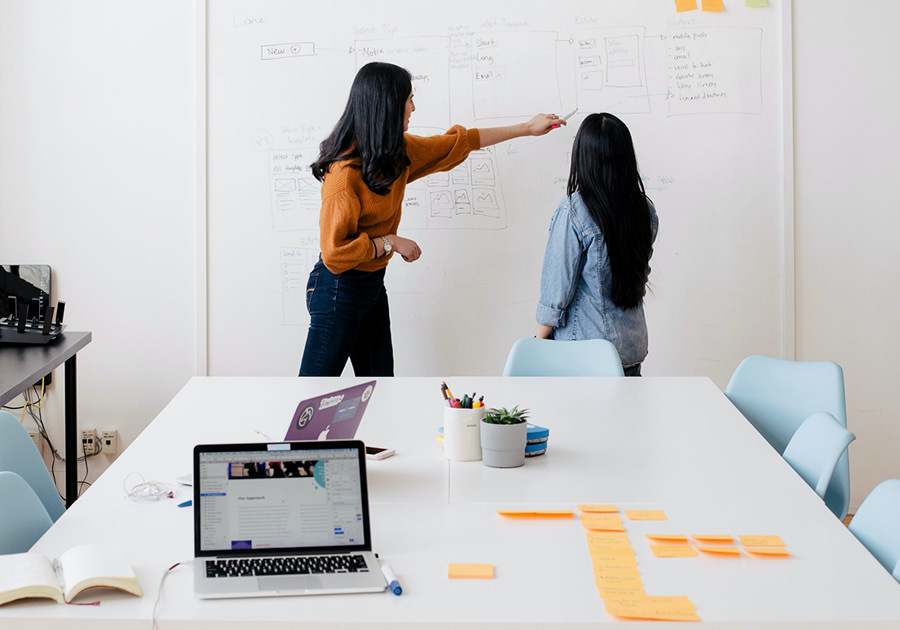get started quickly with…
manage accounts
business insights
download guides
how to grow your business online – videos help
Cuisque cursus metus vitae sedpharetra auctor interdum magna auge get diam mas vestibulum anipsum faucibus ipsum.
how to easily generate successful business ideas
business registration platforms for a streamlined process
frequently asked questions
The image has a resolution of 2 297 216 × 891 702 pixels, which equals about 2 trillion pixels. The exact number is 2 048 432 101 632 pixels. That’s roughly 2 terapixels, or over 2 000 gigapixels – an extremely detailed image where you can zoom in very far.
Compared to PC-monitor:
If this image were displayed on a standard PC monitor, the screen would need to be about 650 by 250 meters (2130 × 820 feet) in size — large enough to cover 23 FIFA-sized soccer fields.
Compared to world’s largest camera module:
The world’s largest camera module, used in the Vera C. Rubin Observatory, is about the size of a small car, weighs 2 800 kg, and captures stunning 3 200 mega pixels per image. This panorama is 626 times larger.
Compared to Full HD display (1920×1080):
A typical Full HD screen has about 2 million pixels. 2 trillion / 2 million = 1 000 000 times more pixels. You would need 1 000 000 (1 million) Full HD screens to display the entire image at once.
Compared to 4K display (3840×2160):
A typical 4K screen has about 8 million pixels. 2 trillion / 8 million = 250 000 times more pixels. You would need 250 000 4K screens to display the entire image at once.
Compared to distances:
If each pixel were 1×1 cm and you placed them in a single line, the total length would be 20 484 321 kilometers.
That’s enough to:
- Circle the Earth more than 511 times, or
- Reach the Moon about 53 times.
Compated to time:
I you watched one and every pixel for 1 second, it would take you 2 048 432 101 632 seconds ≈ 65 000 years to watch the whole panorama. That’s longer than the entire span of human civilization.
Our merchandise products ships to most countries in the world. You see the price for shipping at checkout.
There are several methods for increasing the resolution and enhancing an image using AI.
Let’s start by considering this scenario: Suppose you have a very low-resolution image of a face, such as a thumbnail, no larger than perhaps 10×10 pixels. AI can use this low-resolution thumbnail to generate a high-resolution image of a face that closely matches it. This is a fact. But the question is: have you really identified the correct person based on that 10×10 pixel thumbnail? The answer, of course, is no.
It has been mathematically proven that you cannot increase the details in an image without introducing more information. For example, you can slightly improve resolution by applying a sharpening algorithm, as it corrects known errors that are predictable. However, you cannot keep sharpening an already sharpened image and expect to achieve better results.
Now, let’s consider a different scenario: You can create a system that learns how objects like houses, trees, and grass look. It can learn the shape of a building’s corner, or recognize repeating patterns. Even without being explicitly trained to recognize letters, the system can learn about the alphabet. By training this system on real-life images, the algorithm will perform well when it needs to predict what colors to use for a pixel. In this case, more information is being added to the process by AI algorithms trained by you, which goes beyond mere guessing.
There are models designed to scale up images by 2x, 4x, and 8x. However, just like with sharpening algorithms, applying the scaling process multiple times does not lead to better results.
No, you cannot achieve infinitely high resolution by taking an infinite number of images and analyzing how light falls between pixels. The resolution is always limited by the lens’s ability to resolve details. This limitation is fundamental to the glass and construction of the lens. For instance, if you have a 300mm lens and the image is blurry, sub-pixel aligning multiple images will not make the result any sharper.
Additionally, beyond the lens’s limitations, one must also consider atmospheric effects. The air is constantly in motion, refracting light in all directions. This limitation is especially noticeable when photographing toward the horizon.
This project was funded by private capital. The money is used for covering some of the expenses and to ensure continued operations.
Capturing over 20 times the data of the current world record presented a significant challenge. It required an enormous amount of storage capacity, top-tier photographic equipment, an ultra-fast network infrastructure, powerful workstations, and vast amounts of high-speed temporary storage to handle the data processing efficiently.
This ambitious project represents a considerable financial investment, and we sincerely hope it captivates and inspires our audience. We deeply appreciate every contribution — thank you for your support!
About 4 days of shooting. Due to technical issues it took some time to get started and some areas are captured twice to be on the safe side.
You can pay for full resolution access and other perks which are being developed, by creditcard (Stripe) or VIPPS.
This project has been ongoing for approximately three years. Most of the time has then been used for building up enough hardware capable of processing the vast amount of data, many hours researching and developing CUDA software used for processing images, preperation of raw-data for rendering and of course rendering and post processing.




